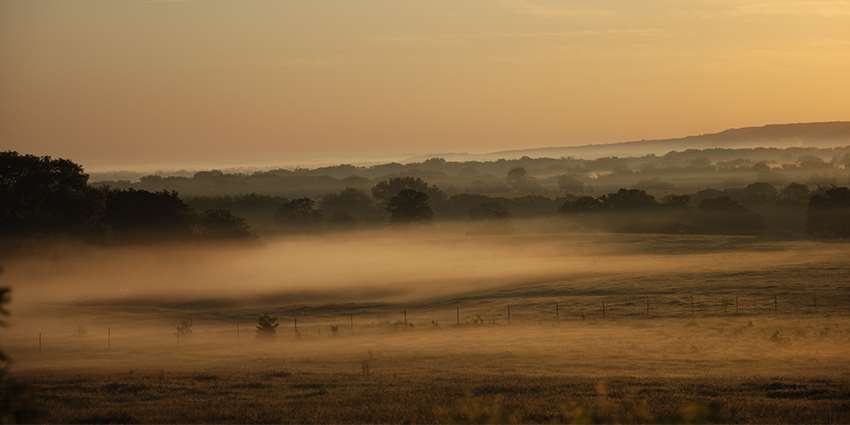A recent report by the Texas A&M Natural Resources Institute, Texas Water Resources Institute and Texas Land Trust Council shows state-funded conservation easements in Texas provide numerous financial and ecological benefits.
The purpose of the 2020 Evaluation Report was to examine the benefits of conservation easements established on privately-owned lands under the Texas Farm and Ranch Lands Conservation Program, TFRLCP, a state-funded program that purchases development rights from willing and interested landowners.
“Conservation easements are a voluntary agreement between a landowner and a qualified non-governmental organization or government entity,” explained Texas A&M Natural Resources Institute director Roel Lopez, Ph.D., San Antonio. “In this agreement, the landowner still owns the land and remains in charge of its day-to-day management but commits to minimize or avoid certain types of non-agricultural development on their property by selling or donating some property rights. The land trust or public entity holding the easement monitors the property to ensure the terms are upheld in perpetuity.”
Why conservation easements are important
Lopez said Texas has one of the most diverse and ecologically rich landscapes in the U.S., much of which is open space falling under the designation of privately-owned working lands to include farms, ranches and forestlands.
The state has approximately 248,000 farm and ranch operations accounting for more than 141 million acres of land use.
“Currently, more than 82% of the land in Texas is classified as privately-owned working lands, signifying the critical role private landowners play in protecting the state’s valuable resources,” Lopez said. “These lands support agricultural systems, foster healthy environments, and support recreational needs. But despite their importance, they are consistently under the threats of increasing land conversion and fragmentation pressure — much of it due to rapid population growth and rising land market values.”
He said to help safeguard the public benefits derived from private working lands, the Texas Legislature created the TFRLCP in 2005 to fund the establishment of agricultural conservation easements on private lands. Landowners apply for grants from the TFRLCP to create a conservation easement on their property. The program ranks and selects applicants to receive funding based on weighted criteria in various categories, including threat of development or other conversion of productive working lands, cost effectiveness, watershed value, fish and wildlife value, and contribution to a conservation landscape.
Read the full AgriLife Today article.

